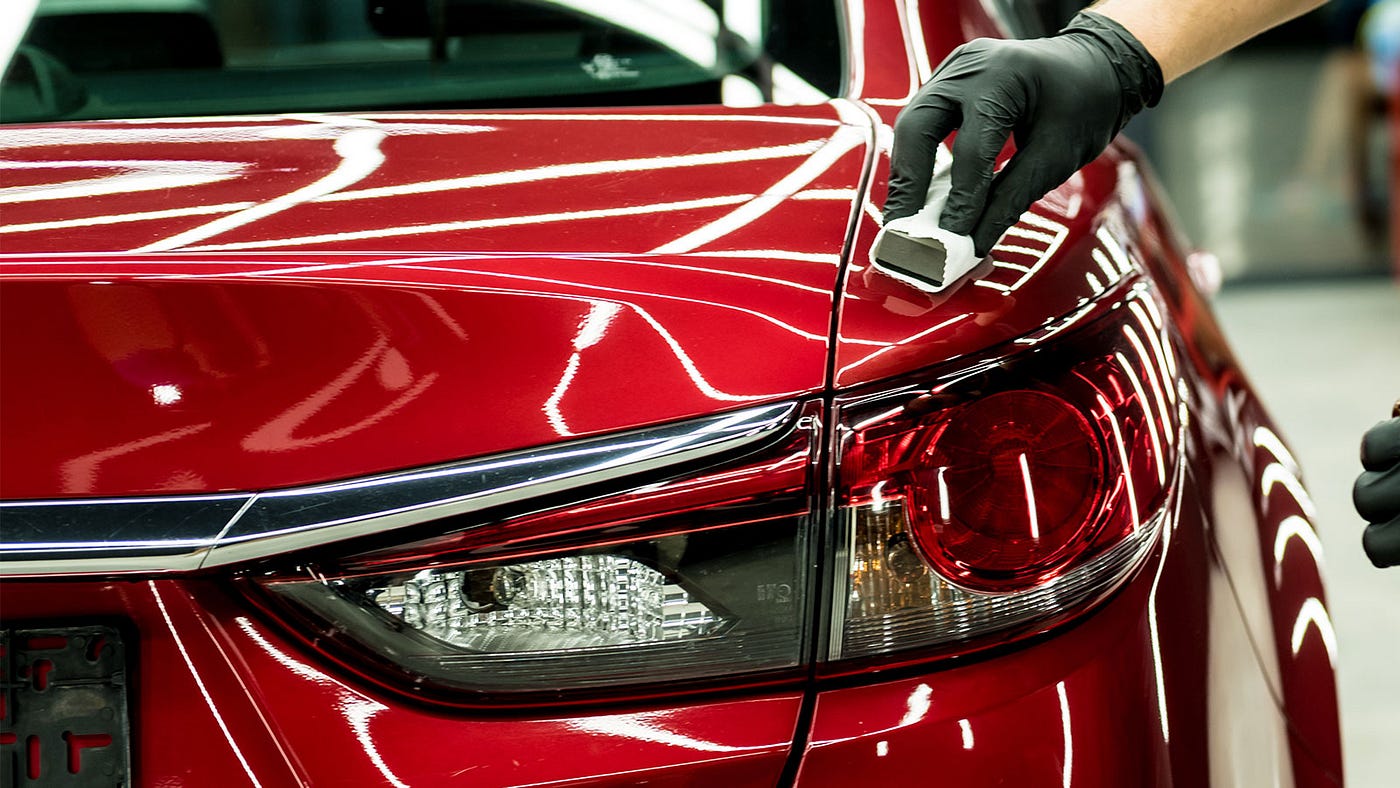Change Your Car with Professional Ceramic Coatings San Jose
Introducing the Science Behind Ceramic Coatings: Just How Does It Job and Why Is It Above Standard Options?
Ceramic finishes have actually been getting popularity in different markets for their extraordinary efficiency and durability. Recognizing exactly how ceramic finishings work and why they outmatch conventional alternatives is vital for those looking for to enhance the long life and durability of their materials.
The Chemistry of Ceramic Coatings
In recognizing ceramic finishings, delving into the detailed chemistry behind their make-up is important for comprehending their capability and resilience. Ceramic coverings are primarily composed of silicon dioxide (SiO2), which forms a solid and protective layer when related to various surfaces. This chemical framework offers outstanding resistance to heat, chemicals, and deterioration, making ceramic coverings very demanded for a broad array of applications.
The chemistry behind ceramic finishes involves the formation of covalent bonds in between silicon and oxygen atoms, creating a stiff network that enhances the finish's toughness and longevity. In addition, the visibility of various other elements such as zirconium, aluminum, and titanium further improves the finish's buildings, providing enhanced firmness and attachment to surface areas.
Comprehending the chemical make-up of ceramic coatings permits the customization of formulations to suit particular requirements, whether it be for vehicle, industrial, or domestic purposes. By harnessing the power of chemistry, ceramic coverings proceed to lead the way for superior defense and efficiency in numerous sectors.
Benefits of Ceramic Coatings

As a result, ceramic finishes make cleansing and preserving surface areas a lot less complicated and much less time-consuming. Overall, the plethora of benefits provided by ceramic finishes make them a superior alternative contrasted to typical coating methods.
Just How Ceramic Coatings Bond
Ceramic finishings bond to surfaces with a process that entails molecular attachment and chemical communications. When a ceramic layer is put on a surface, it develops a strong bond by chemically sticking to the surface area at a molecular level. This bond is created via the development of covalent bonds, which are exceptionally strong and long lasting. The ceramic covering's particles pass through the pores of the surface, producing a tight grasp that withstands separation.
Furthermore, the chemical communications in between the ceramic covering and the surface better boost the bond. ceramic coatings san jose. These communications allow the ceramic layer to produce a constant and smooth layer on the surface area, giving outstanding defense and toughness. Unlike traditional coverings that might remain on the surface without fully bonding, ceramic finishings create a long-term bond that is resistant to chemicals, UV rays, and harsh environmental problems

Essentially, the bonding device of ceramic finishes makes sure a efficient and long-lasting safety layer that outmatches typical coating alternatives. This superior bond contributes to the durability, scrape resistance, and longevity of ceramic coatings, making them a preferred selection for various applications.
Resilience of Ceramic Coatings
The outstanding durability of ceramic layers originates from their robust molecular bond and chemical interactions with surfaces, making sure a sturdy protective layer that goes beyond traditional layer choices. When used, ceramic finishings form a solid bond with the substrate, creating a durable barrier versus different environmental stress factors such as UV radiation, chemicals, and abrasions. This bond is so protected that it can stand up to the roughness of everyday usage without degrading or deteriorating rapidly.
Unlike typical coatings that may break down over time, why not try these out ceramic coatings preserve their stability for an extensive period, providing resilient security for the underlying surface area. Generally, the phenomenal resilience of ceramic finishes makes them a remarkable choice for shielding a vast range of surface areas in various applications.
Ceramic Coatings Vs. Traditional Choices
In comparison to traditional covering methods, ceramic finishings provide an unique blend of sturdiness and safety capabilities that set them apart in numerous surface protection applications. Conventional options such as wax or sealants give a momentary layer of protection that can disappear rapidly, needing regular reapplication. On the other hand, ceramic coatings form a strong bond with the surface, developing a semi-permanent or permanent obstacle that is very immune to abrasion, chemicals, UV rays, and extreme temperature levels.
Furthermore, ceramic finishings offer premium hydrophobic residential properties contrasted to more conventional layers. The hydrophobic nature of ceramic finishes causes water to bead up and roll off the surface, carrying dust and contaminants with it. This self-cleaning effect helps to preserve the surface's tidiness and gloss for extended periods, minimizing the demand for frequent upkeep.
In addition, ceramic layers have a thicker layer compared to traditional choices, providing enhanced scratch resistance and defense versus small effects. This durability makes certain long-lasting efficiency and aids preserve the visual appeal of the dealt with surface area for an extensive duration.
Final Thought
In final thought, the science behind ceramic finishings exists in their chemical make-up and bonding residential or commercial properties, making them superior to standard options. The benefits of ceramic coatings include raised resilience and security for surface areas. By comprehending how ceramic coatings work and their benefits over typical alternatives, one can make informed choices when considering finish choices for numerous applications.
Unlike traditional finishings that might sit on the surface without fully bonding, ceramic finishings develop a permanent bond that is resistant to chemicals, UV rays, and harsh environmental conditions.
The outstanding long life of ceramic coatings stems from their robust molecular click to read attachment and chemical interactions with surface areas, guaranteeing a sturdy safety layer that goes beyond typical covering choices.Unlike traditional coatings that might weaken over time, ceramic finishes maintain their honesty for a prolonged period, giving long-lasting defense for the underlying surface.In comparison to conventional finishing approaches, ceramic finishes offer a distinctive blend of longevity and protective abilities that set them apart in various surface area security applications. By comprehending how ceramic coatings work and their benefits over standard choices, one can make educated decisions when taking into consideration covering alternatives for different applications.